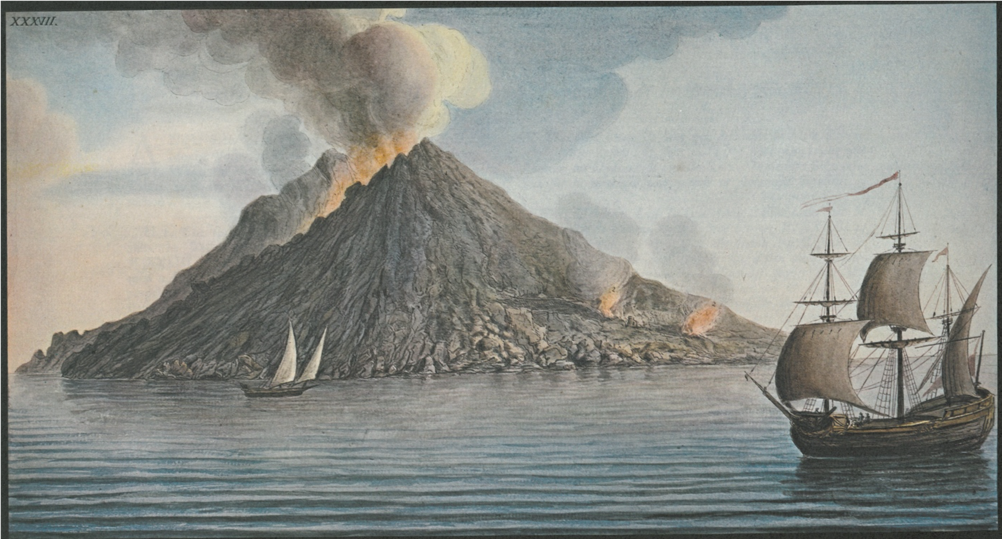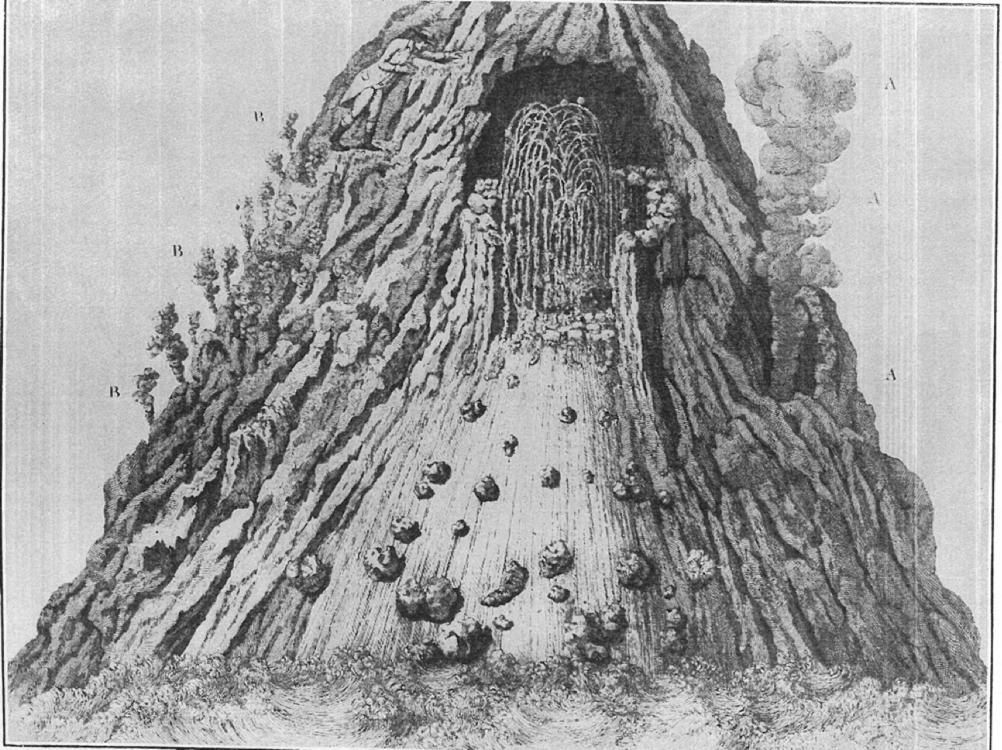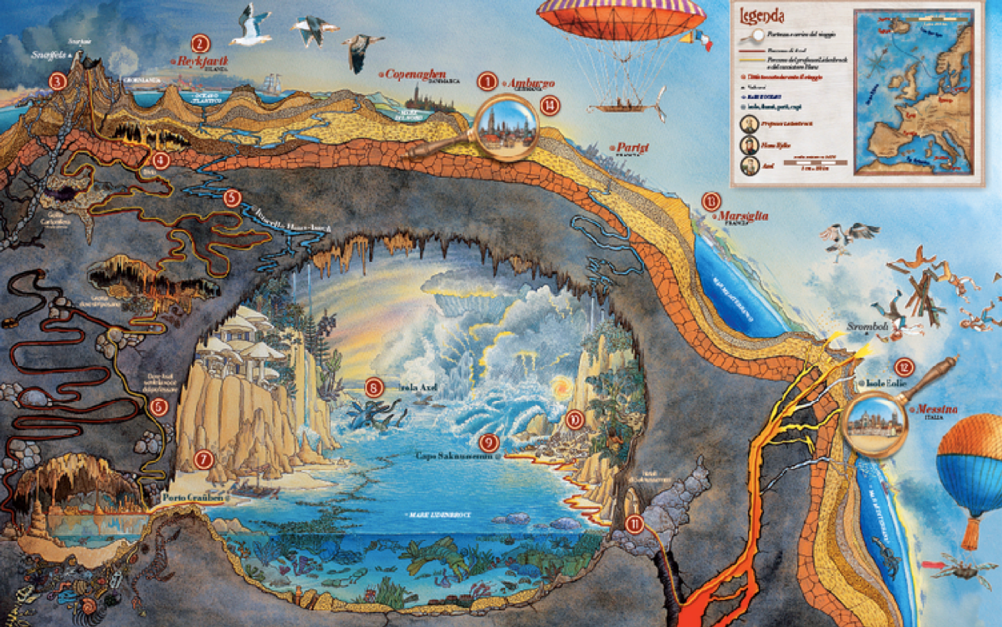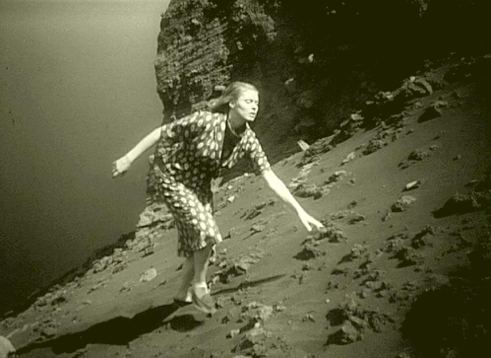Historical notes and some curiosities about Stromboli
Stromboli is one of the most active volcanoes in the world. Its almost persistent activity is documented since classical Greek and Latin sources. The typical emissions of incandescent lapilli from the summit craters, clearly visible at night, have always guided the navigation of the sailors who sailed across the southern Tyrrhenian Sea.
This persistent background or ordinary activity is sometimes interrupted by much more energetic episodes, or rather by an “extraordinary” activity. This more energetic activity is capable of generating dangerous phenomena, which can pose a threat to tourists who regularly, in the summer, climb up to the summit area of the volcano to admire this spectacle of nature.
It is clear how important it is to know the transition between the ordinary and the extraordinary activity of the volcano. The Project One try to distinguish the signs that may suggest that the volcano is about to stage a new chapter of its dangerous extraordinary activity.
Small roundup of representations of the Stromboli volcano taken from
The island of Stromboli as represented in the work of Sir William Hamilton, a British ambassador to the court of Naples in 1764. Taken from “Observations on the volcanoes of the Two Sicilies as they have been communicated to the Royal Society of London” (Napoli, 1776).
Image of the island of Stromboli taken from the work of the Italian naturalist Lazzaro Spallanzani "Viaggi alle due Sicilie e in alcune parti dell'Appennino" (1825). Spallanzani was the first modern Italian scientist to explore the entire Aeolian archipelago. His geological observations were noteworthy, which include comparisons between the lavas of Etna, Stromboli and Vesuvius.
An illustration accompanying one of the editions of "Journey to the Center of the Earth", the novel published by Jules Verne in 1864. The imaginative French writer is considered the father of modern science fiction. Deeply passionate about science and geography, as well as a forerunner of future technological innovations and space exploration, Verne had imagined that the exit from his fantastic world in the center of the Earth took place by going up the eruptive conduct of the Stromboli volcano. Today we know that Stromboli is a typical example of an "open conduct" volcano, that is a volcano in which the magma ascent path from the magma chamber to the surface is not blocked but is always open, just as the flue between a fireplace and the chimney. Jules Verne may have guessed that the activity of this volcano implies an open path between the surface and the roots of the volcano.
The film “Stromboli, Land of God” was released in 1950, starring Ingrid Bergman and directed by Roberto Rossellini. The volcano is the backdrop to the events narrated by the film. The release of this film in cinemas awakened interest in the Aeolian Islands, which experienced a revival of activities related to tourism.
Links
Footages






